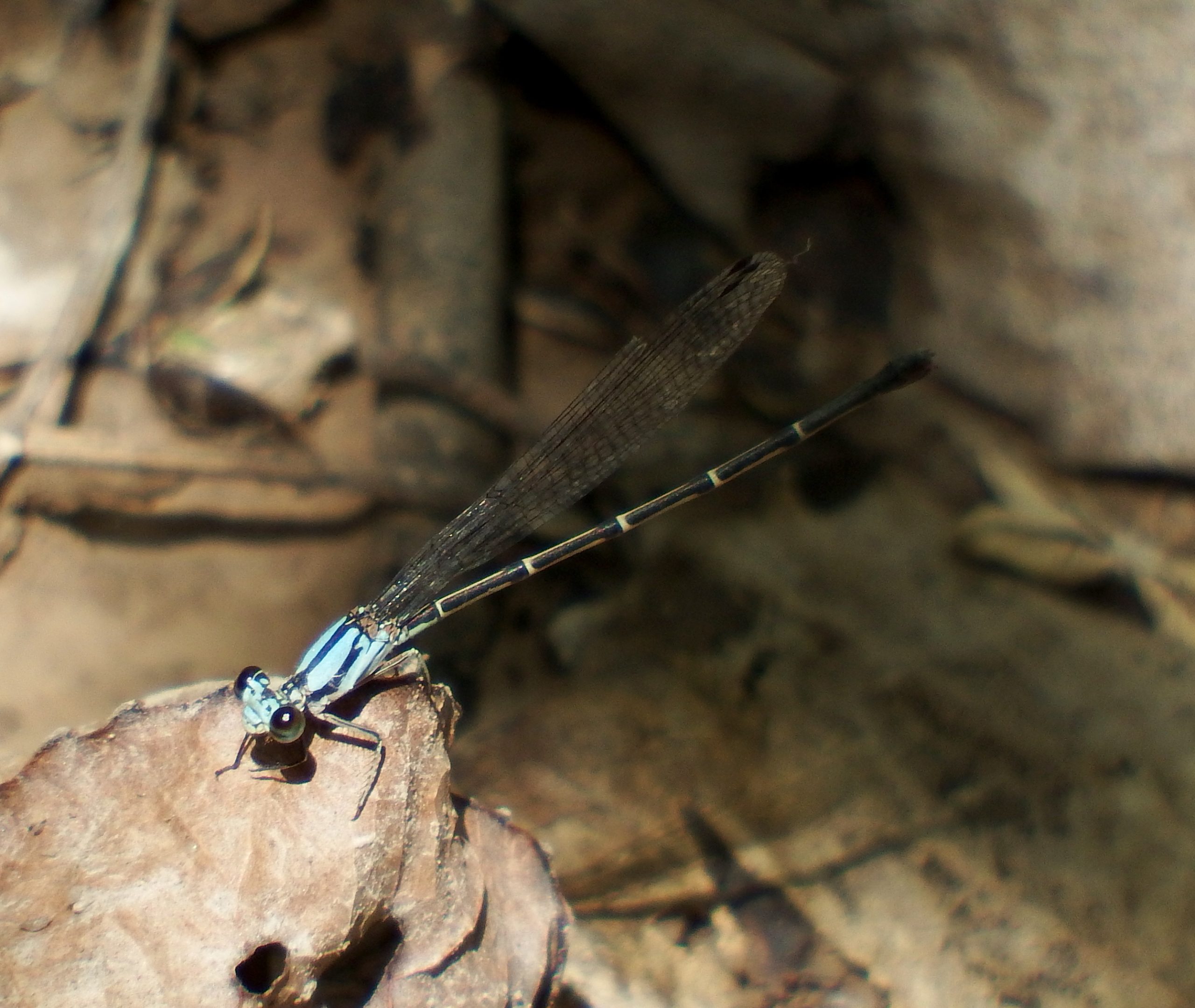A dark and quiet magic
You might never have noticed the sign pointing to the Green Tree Nature Trail on the north side of the bayou just east of the bat bridge. Or, if you did, you might have thought twice because the trail is dark and isolated. But, if you summon your courage (it is, by the way, absolutely safe in there) you will be rewarded with sights the rest of Buffalo Bayou Park can’t hope to match.
This part of Buffalo Bayou Park is largely as it would have been hundreds of years ago. The collection of plants and huge trees are a lot like what the Allen brothers would have found in this spot. Very little of Houston looks as it did in the 1800s. Houston was part of a coastal prairie ecosystem that stretched from Louisiana to Corpus Christi. That ecosystem is now almost entirely missing, consumed by cotton farms and other agricultural projects. The coastal prairie would have had tall grasses and abundant wildflowers, but very, very few trees.
In narrow belts along each of the bayous, however, there were ribbons of land (riparian corridors) where trees and vines grew thick. As we straightened and “concretized” so many of our bayous, this riparian corridor ecosystem was also degraded, but here and there, the old ecosystem still thrives. This is what you can find on the Green Tree Nature Trail. And, by all means, get off the trail and wander through the woods. Pay attention to the ground (it can be muddy), but your ramblings will be rewarded.
Damselflies
The Green Tree Nature Trail is full of damselflies.
Damselflies look like delicate dragonflies. They are a different species, but both fall into the order Odonata. Like dragonflies, damselflies capture flying insects on the wing. They are agile flyers. Their lives as damselflies last only a few weeks. They emerge from their larval stage (called nymphs) in order to find a partner and make a few more damselflies. Never traveling far from where they themselves were hatched, damselflies lay their eggs in or near water. There is plenty of water around the Green Tree area. The bayou flows through when it’s high and there are almost always ponds available for the damselflies to spawn.
Damselflies spend the bulk of their lives in the water, breathing through gills. Nymphs, as these early-stage damselflies are called, look nothing like the slender creatures they will become. The nymphs are voracious eaters and spend from one to nine months feasting on mosquito larvae, small crustaceans, and tiny fish. The adult damselflies eat mosquitos on the wing. If you do visit the Green Tree area, thank the damselflies for the fact that you are not covered in mosquitos!
When they are ready, the nymphs haul themselves out of the water, cling to a stem and take their first breath. A huge one. This cracks their exoskeleton and reveals the damselfly within. It will take the damselfly anywhere from a day to a week to become sexually mature. Sex is the entire point of damselflies. This stage of life is devoted to finding a mate and laying the eggs to provide a new stream of nymphs to eat those mosquito larvae.
The damselflies I saw on the Green Tree Nature Trail were gossamer. Perched on the ground, they all but disappeared in the leaf litter. In each of these photos, notice how incredibly small these intricate creatures are. The stems and leaves on the ground are not monstrously large. The damselflies are just that diminutive.





